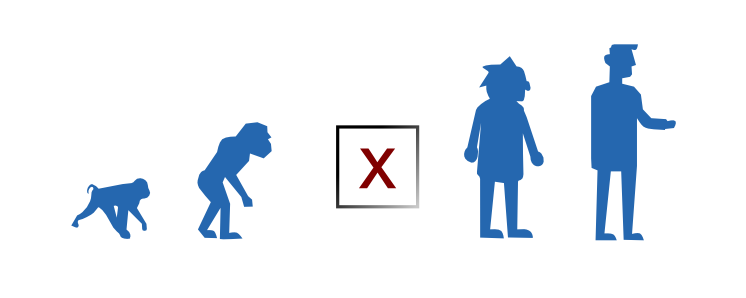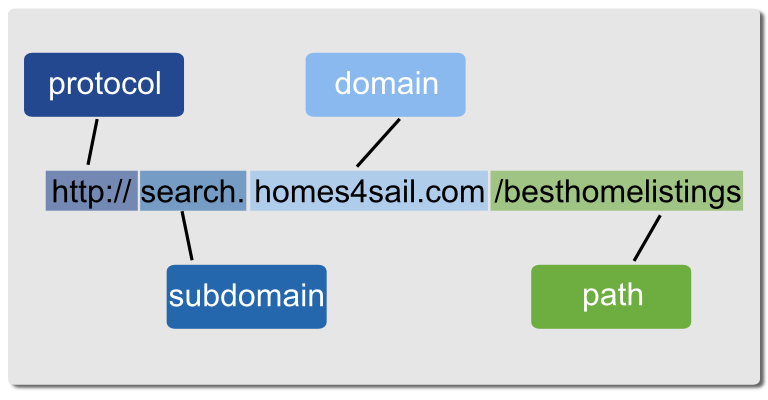Just like scientists, IDX Broker’s technicians have been studying the connections between us. In our research, we’ve identified two species of links – absolute and relative. Read on to discover the differences between the two and you’ll easily spot them in the wild.

Anatomy of a URL
Just as living things are classified by increasingly narrow categories (from Kingdom to Order to Species), links are also defined in a similar fashion.
A link begins with the protocol, which tells a browser how to read the file. Then comes the subdomain and domain, which is the server location on the Internet. Last we have the path, which points to the file you’re ultimately trying to reach.

Relative Links
Relative links have no domain, subdomain, or protocol. A relative link only includes the path. The rest of the URL is assumed from the current server location.
So, if you’re visiting http://www.idxbroker.com and there is a relative link to /homes, the link will take you to http://www.idxbroker.com/homes
The problem is that the same relative link on http://search.homes4sail.com will lead you to http://search.homes4sail.com/homes, which may not be the intended destination.
That can lead to a missing link.
Relative links are aimless creatures that couch-surf; wherever they are, they call it home. To locate them, they tell you – start wherever you are, go three blocks north and turn right. It’s a great shortcut if you’re at the same location, but if the content is moved elsewhere, absolute links are required.
Absolute Links
Absolute links give you the full address, including the starting point. They tell you – start at 1st and Main, then go three blocks north and turn right. These URLs can be located anywhere on the Internet and will work in the IDX Broker environment. IDX Broker pages require absolute links.
Missing Link
If you encounter a missing link, just make sure that it’s absolute, not relative. Aimless URLs are tricky creatures, but they can be tamed. If you have further questions, reach out to our staff of support scientists or investigate our journal of IDX knowledge here.





